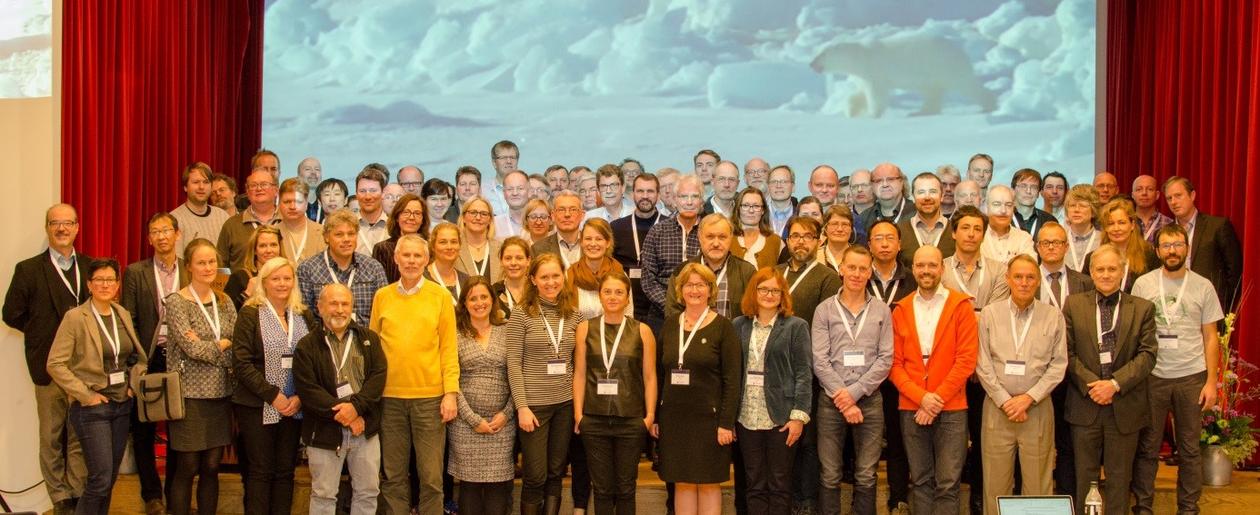GEO in a prestigious Arctic EU project
Mathilde B. Sørensen, Kuvvet Atakan and Rolf Birger Pedersen are together with colleagues from GFI one of the 49 partners of the Integrated Arctic Observing system (INTAROS) funded by H2020 and coordinated by the Nansen center.

Hovedinnhold
The kick-off meeting of INTAROS, a new prestigious project funded under the Horizon 2020 Blue Growth call and led by Prof. Stein Sandven from the Nansen center, was held on 11th-12th January in Bergen. Around 100 scientists from 20 different European and non-European Countries met to discuss and refine the future strategies to tackle this ambitious project. With a total budget of 15.5 million Euros (140 MNOK), INTAROS aims to develop an integrated Arctic Observation System (iAOS) by extending, improving and unifying existing systems in the different regions of the Arctic. INTAROS will have a strong multidisciplinary focus, with tools for integration of data from atmosphere, ocean, cryosphere and terrestrial sciences, provided by institutions in Europe, North America and Asia. An integrated Arctic Observation System will enable better-informed decisions and better-documented processes within key sectors (e.g. local communities, shipping, tourism, fisheries) in order to strengthen the societal and economic role of the Arctic region and support the EU strategy for the Arctic and related maritime and environmental policies.
Mathilde B. Sørensen, Kuvvet Atakan and Rolf Birger Pedersen (GEO team) are, together with colleagues from GFI (Truls Johannessen, Tore Furevik, Lars H. Smedsrud, Are Olsen and Harald Sodemann) one of the 49 partners of the project. GEO team will be responsible for seismological studies in the Arctic. The team will develop and implement new technology for deployment of ocean bottom seismometers (OBS) in the Arctic, making use of the ROV available at the Centre for deep marine research. The OBS data will be combined with data from land stations for an improved understanding of the seismicity in the Arctic. Further data will be collected through community based monitoring techniques in the Disko Bay area, Greenland, and Longyearbyen, Svalbard. Finally, GEO team will assure seamless integration of INTAROS data with the European Plate Observing System (EPOS) platform in which GEO plays a key role.
